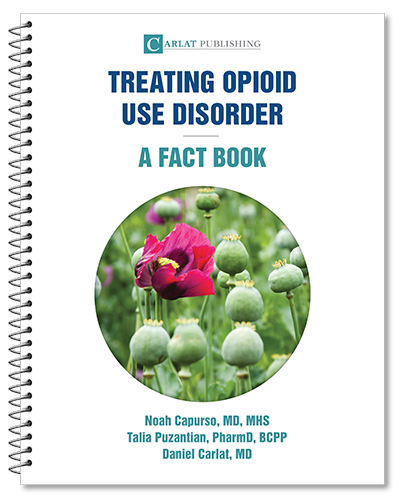Addiction Treatment
NALOXONE Kloxxado Narcan Nasal Spray RiVive Zimhi Fact Sheet [G]
February 28, 2024
How to Use Motivational Interviewing in Opioid Use Disorder
February 28, 2024
How to Discuss and Initiate Extended Release Naltrexone Vivitrol
February 28, 2024
BUPRENORPHINENALOXONE Bunavail Suboxone Zubsolv Fact Sheet [G]
February 28, 2024
NALTREXONE ReVia Vivitrol Fact Sheet G]
February 28, 2024
Smoking Cessation
November 29, 2023
NICOTINE PATCH (Nicoderm, CQ, others) Fact Sheet [G]
November 29, 2023
ACAMPROSATE (Campral) Fact Sheet [G]
November 29, 2023

_-The-Breakthrough-Antipsychotic-That-Could-Change-Everything.jpg?1729528747)



